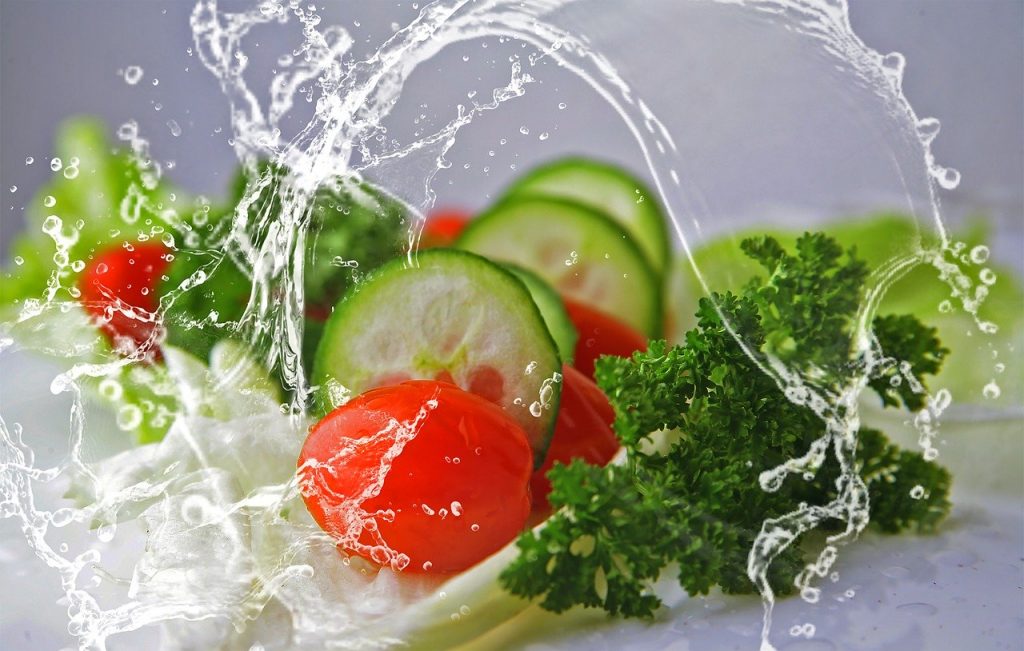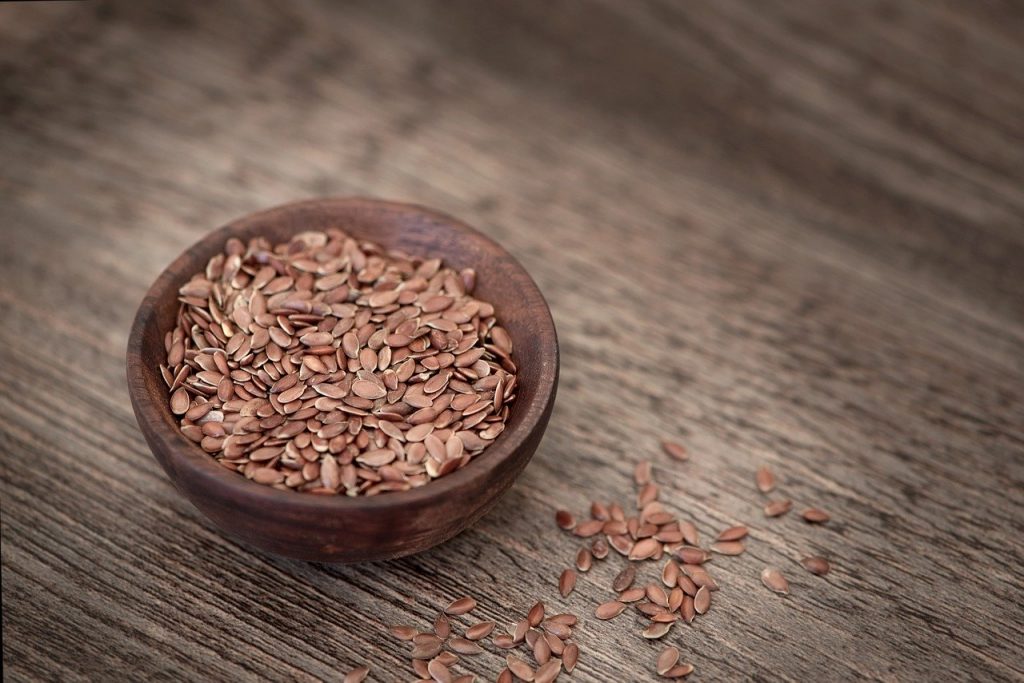[Article updated on 19/09/2023]
Endometriosis is characterized by the presence and proliferation of endometrial tissue (tissue that lines the inside of the uterus) outside the endometrial cavity. The clinical manifestations are varied.
It usually extends to the pouch of Douglas or the ovaries and can cause ovarian enlargement. It can also involve remote sites (lung-umbilicus). Endometriosis is rarely found after menopause
Excess weight of the gynoid type (“the famous “saddlebags”) is often the clinical indicator of an excess of estrogens (estrogen: female sexual hormone or messenger), a recognized risk factor in endometriosis.
“The triad of gynoid morphotype, weight gain and hyperestrogenism” is the perfect cocktail to cause endometriosis.
And let’s add, to sprinkle it all together, inflammatory or “fire”, hypertoxic (excess of additives, pesticides, heavy metals etc.), and refined (therefore deficient in micronutrients such as vitamins, minerals, trace elements) food. ), involved in the worsening of endometriosis.
The first lever is to act through diet to promote weight loss and reduce the estrogen load.
Overweight : excess adipose tissue (fat mass) promotes the *peripheral aromatization of androgens into estrones and consequently excess estrogens. (*Peripheral aromatization is the transformation by the aromatase enzyme located in adipose tissue of androgens (male hormones) into estrogens (female hormones)).
Increase fiber or prebiotics
For what ?
- Promotes the elimination of estrogens;
- Capital for the microbiota or intestinal flora: fibers represent “the pantry” of the colonocytes (those of the colon mucus). If the colonocytes are deficient in fiber (inulin, FOS etc.), they attack the mucus which plays a protective role for your intestine and also become autophagic. Charming, right?
- Facilitate transit;
- Limit the postprandial blood sugar peak;
- Reduce the risk of colorectal cancer;
- Contribute to weight loss.
It is important to have a balance between soluble fiber and insoluble fiber.
How to do ?
- Favor organic whole or semi-complete starchy foods. I advise you to buy them in bulk (organic) which, also, are not hyperglycemic. Legumes: at least 3 times/week;
- Eat seasonal organic vegetables at every meal. (fresh or frozen);
- 1 green vegetable/day (for chlorophyll, excellent intestinal sanitizer/Possibly regularly make green juices using a juice extractor: intestinal mycosis hates chlorophyll!);
- 1 colored vegetable/day;
- 2 to 3 organic, seasonal fruits/day (preferably in the morning and around 4-5 p.m.);
- Consume 1 to 2 servings of oilseed fruits / day (at breakfast and around 4 p.m. – 5 p.m.);
- Algae.

Increase cruciferous vegetables: 3 times/week
To know : the liver uses 3 estrogen elimination pathways: 2 toxic pathways: The 16αOH pathways (very toxic: carcinogenic) and 4αOH and 1 non-toxic pathway: 2αOH. For information, a test (proposed for example by the Barbier laboratory) exists to determine whether the liver eliminates towards the toxic or non-toxic estrogen elimination pathway: the urinary dosage of 2/16 OH ESTRONE.
Broccoli also contains DIM (Diindolylmethane) which promotes the induction of the 2-OH pathway, a non-toxic hepatic estrogen elimination pathway. Supplementation with DIM in micronutrition will be very interesting, in the context of hyperestrogenism, inherent to endometriosis.
All cruciferous vegetables (broccoli, cauliflower, Chinese cabbage, corned cabbage, red cabbage, head cabbage, radishes, Brussels sprouts, turnips, etc.) which participate in phase 2 of hepatic detoxification thanks to two nutrients: Indole-3-carbinol and sulforaphane (very abundant in broccoli and Brussels sprouts) help flush out carcinogens.
Increase intake of phytohormones: lignans and isoflavones
Organic golden flax seeds: 1 to 2 tbsp/day. Flaxseeds provide phytohormones, called Lignans, which help to slow down the peripheral aromatization of androgens into estrones. Please note that lignans are metabolized by healthy intestinal flora into enterolactones (imperatively), the active molecules. Therefore, if I have dysbiosis, lignans will not be metabolized. In the event of suspected dysbiosis, above all, seek advice from a practitioner specializing in phyto micronutrition (doctor, dietician or Heilpraktiker). Lignan supplementation through micronutrition will be very interesting, to inhibit the aromatization of androgens into estrogens.
Isoflavones (except therapeutic contraindications), hops, soya etc. They have a competitive effect on estrogen receptors. Isoflavones have a much weaker estrogenic effect than estrogens, hence their interest.
Warning: Any supplementation (micronutrition, phytotherapy, gemmotherapy) falls within the competence of a health professional, specialized in particular in micronutrition, phytotherapy, gemmotherapy.

Increase Omega 3 and ensure the right choice of lipids
Estrogens bind to a nuclear receptor (“chair on the membrane of the cell nucleus) and estrogenic activity ensues. But estrogen also attaches to a fatty acid present in the cell: we say that estrogen esterifies.
If estrogen is esterified (attached) to a saturated fatty acid (e.g. palmitic acid): estrogenic activity will be strong.
If estrogen is esterified with a polyunsaturated fatty acid (e.g. omega 3): estrogenic activity will be lower.
It is understood that estrogenic impregnation strongly depends on the fatty acid content of the cell.
Recommendation: every day!
Roles: anti-inflammatory; essential to all mucous membranes such as the uterine mucosa; cell membrane fluidizers; blood thinners; cardiovascular prevention and insulin resistance; emotional; memory
In what foods?
- Animal source: fatty and semi-fatty fish (DHA/EPA): 2 to 3 times/week. Due to heavy metals, choose small fish such as sardines, anchovies, sprats, herring, mackerel, eel, salmon trout. Among large predatory fish, favor Scottish salmon, albacore tuna for example, but eat occasionally. Krill Oil/Crustaceans/Some shellfish.
- Plant source (α -linolenic): Organic flax and chia seeds. Linseed oil, first cold pressed camelina, almonds, seaweed. Eggs rich in Omega 3 (Blue White Heart for example): it all depends on the poultry’s diet. α-linolenic acid must be transformed through desaturase enzymes, metabolic cofactors (Mg, B9, Zn etc.) into DHA AND EPA TO BECOME ACTIVE. However, if I am deficient in different cofactors necessary for this transformation…I’ll let you guess!
How to do ?
You should eat fatty fish: 2 to 3 times/week, 1 to 2 handfuls of oleaginous fruits/day (e.g. breakfast and snack from 4 p.m. to 5 p.m.), vegetable oils rich in Omega 3 for seasoning. It is recommended as first intention, a 2-month course of DHA/EPA (Omega 3 of animal origin) at a therapeutic dose. For what ? It is clinically established that it takes approximately 2 months for omega 3 to penetrate cell membranes. But be careful, you must ensure the quality of the food supplement by checking: Pufanox Label (Epax Certification, Friend of the Sea eco-label)
Then, make sure you get enough Omega 3.
- Trans SFAs are harmful to my health (+48% increase in the risk of endometriosis): industrial products, frying, high temperature cooking and dairy fats;
- Palmitic acid associated with a risk of 52%: palm oil and animal fats.
By adopting these different tips, what can we expect?
- Reduction of pain;
- Reduction of anti-inflammatories and analgesics;
- An anti-inflammatory diet helps reduce the production of inflammatory cytokines involved in the proliferation and migration of endometrial cells;
- Hormonal modulation (via diet, micronutrition, phytotherapy, gemmotherapy).
Health is a path to awareness of the facts
Dc Inthavong
